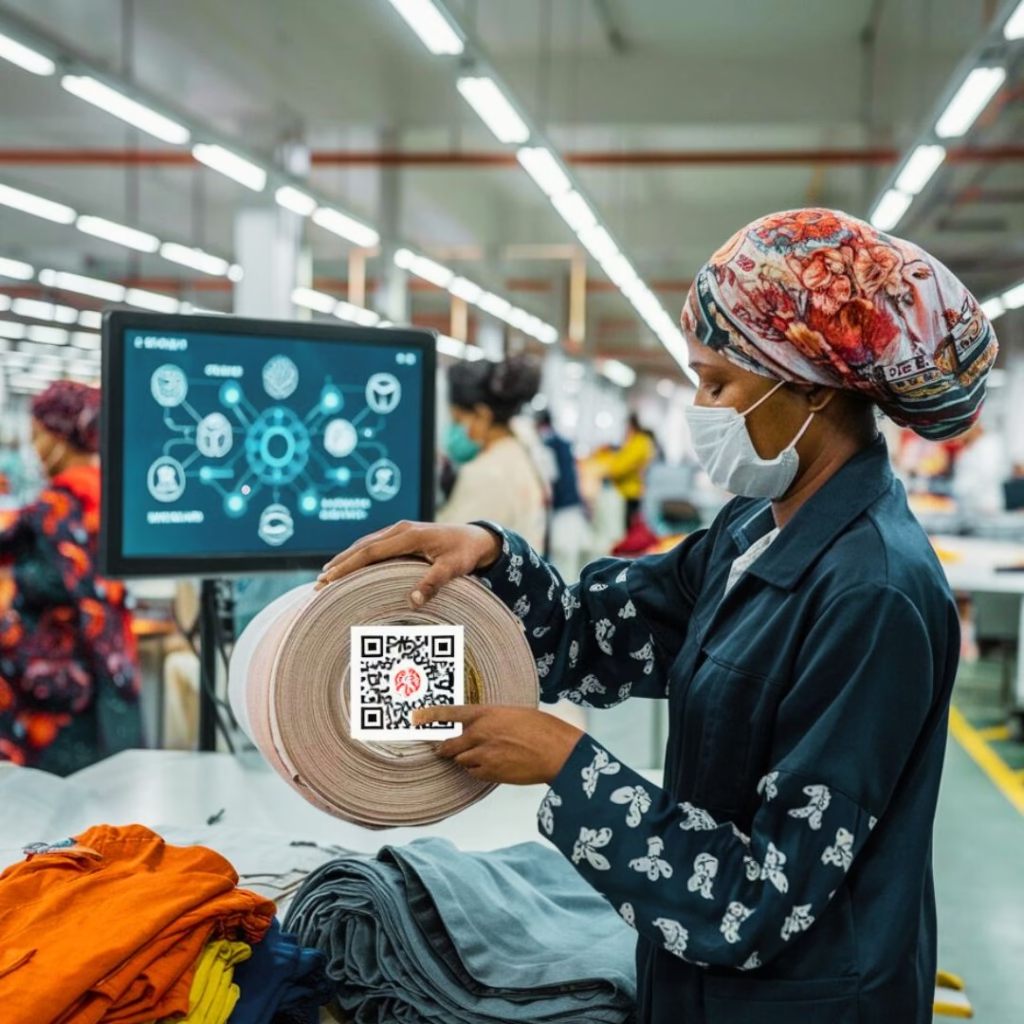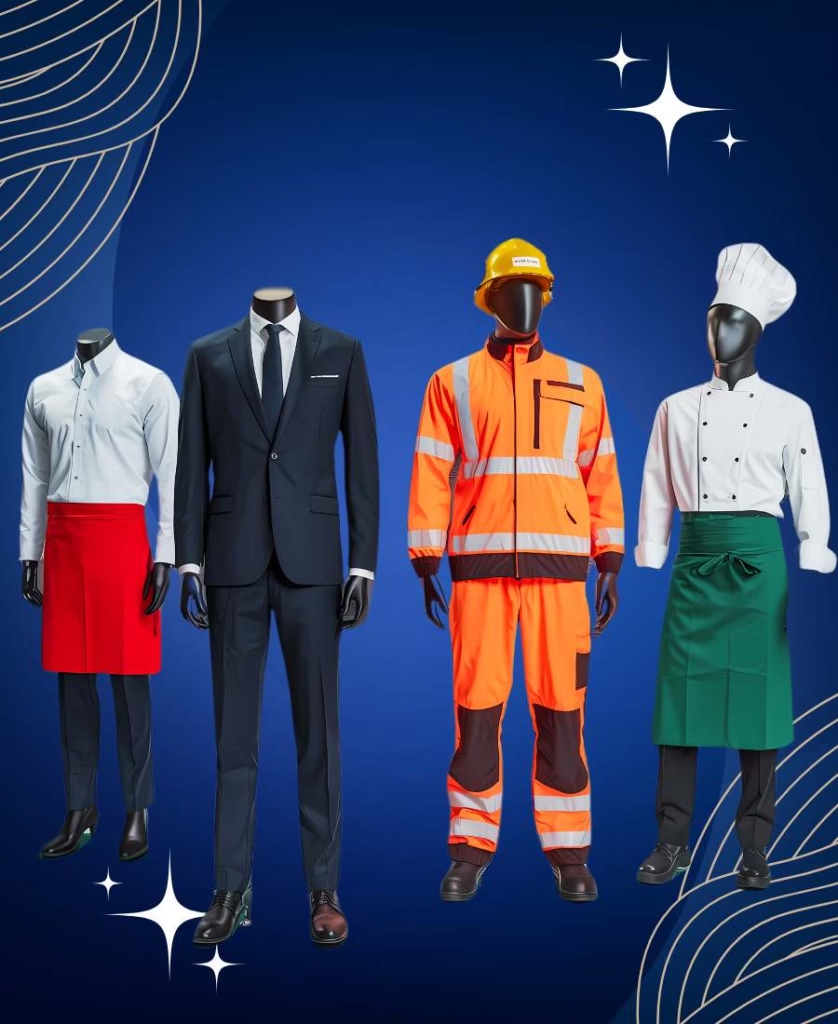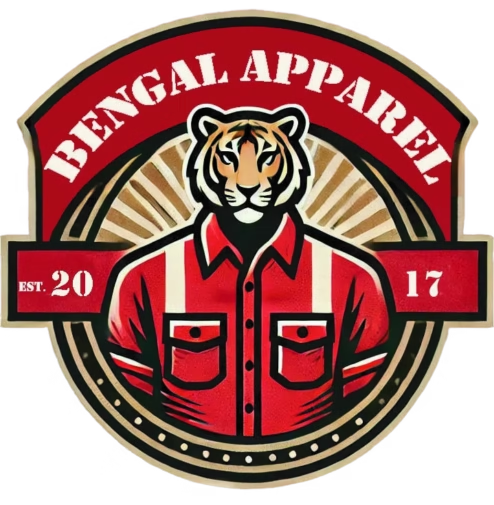Bangladesh, renowned as the world’s second-largest apparel exporter, has long been a cornerstone of the global garment industry. While its expertise in fast fashion is well-documented, the nation’s Bangladeshi uniform manufacturers are now carving a niche by aligning with global fashion trends. From sustainability to smart textiles, international influences are reshaping local design philosophies and production practices. This blog explores how these trends are transforming the uniform manufacturing sector in Bangladesh, offering insights into challenges, innovations, and future opportunities.
Bangladesh’s Uniform Manufacturing Sector: A Snapshot
The uniform industry in Bangladesh, a subset of its broader Ready-Made Garment (RMG) sector, caters to diverse markets—corporate workwear, healthcare scrubs, hospitality attire, and industrial safety gear. Key stats include:
- The RMG sector contributes 84% of Bangladesh’s total exports, with uniforms accounting for 15-20% of this share.
- Over 1,000 specialized manufacturers produce uniforms for global brands like H&M, Decathlon, and Walmart.
- The industry employs 4.5 million workers, with a growing focus on skilled labor for technical designs.
This foundation positions Bangladeshi uniform manufacturers to leverage global trends while addressing unique market demands.
Global Fashion Trends Influencing Uniform Design
- Sustainability: The Green Revolution
Global demand for eco-conscious apparel has pushed Bangladeshi uniform manufacturers to adopt sustainable practices:
- Organic and Recycled Fabrics: Factories now use GOTS-certified organic cotton and recycled polyester, reducing water and carbon footprints.
- Circular Economy Initiatives: Companies like DBL Group recycle textile waste into new uniforms, aligning with EU sustainability mandates.
- Certifications: LEED-certified factories (150+ in Bangladesh) ensure eco-friendly production, attracting brands like Patagonia.
- Tech-Driven Innovations
Smart uniforms are redefining functionality:
- Moisture-Wicking and Antimicrobial Fabrics: Essential for healthcare and hospitality uniforms, enhancing comfort and hygiene.
- IoT Integration: Pilot projects embed sensors in industrial workwear to monitor worker health and safety.
- 3D Design Tools: Digital prototyping accelerates design cycles, reducing material waste by 30%.
- Athleisure Aesthetics
The rise of athleisure has blurred lines between workwear and casualwear:
- Stretch Fabrics: Polyester-spandex blends dominate corporate uniforms for ease of movement.
- Minimalist Designs: Clean lines and neutral tones reflect global preferences for understated professionalism.
- Inclusivity and Customization
Gender-neutral designs and size inclusivity are gaining traction:
- Adaptive Uniforms: Brands like SQ Group offer adjustable fits for diverse body types.
- Custom Branding: Laser-cut logos and embroidery cater to corporate identity needs.

Impact on Production Practices
- Adoption of Advanced Technologies
- Automation: Robotics in cutting and sewing units improve precision and reduce lead times.
- Waterless Dyeing: Technologies like CO2 dyeing minimize water usage by 95%, critical for eco-conscious production.
- Ethical Manufacturing
- Fair Wage Initiatives: Aligning with global labor standards to meet buyer expectations.
- Transparency: Blockchain tools track supply chains, ensuring ethical sourcing of materials.
- Agile Production Cycles
Fast fashion’s “see now, buy now” model pressures manufacturers to shorten production timelines. Bangladeshi Uniform Manufacturers respond with:
- Small-Batch Production: Catering to niche markets with quick turnaround.
- On-Demand Manufacturing: Reducing overstock through made-to-order models.
Challenges Faced by Bangladeshi Manufacturers
- Cost of Sustainable Materials: Organic fabrics cost 20-30% more than conventional alternatives.
- Skill Gaps: Training workers in tech-driven processes requires significant investment.
- Balancing Speed and Quality: Fast fashion’s demands clash with the durability expected in uniforms.
- Regulatory Compliance: Meeting diverse international standards (e.g., OEKO-TEX, REACH) increases complexity.
Opportunities and Future Outlook
- Premium Market Access: Sustainable practices open doors to high-value clients in Europe and North America.
- Government Support: Initiatives like the “Green Transformation Fund” subsidize eco-friendly upgrades.
- Collaborative Innovation: Partnerships with tech firms (e.g., Siemens, Microsoft) enhance smart manufacturing capabilities.
Case Study: Beximco’s Sustainable Uniform Line
Beximco, a leading Bangladeshi Manufacturer, launched a carbon-neutral uniform collection in 2023:
- Materials: Recycled PET bottles and organic dyes.
- Impact: Reduced CO2 emissions by 40%, securing contracts with IKEA and Starbucks.

Conclusion
Global fashion trends are not just reshaping aesthetics—they’re redefining the operational DNA of Bangladeshi Uniform Manufacturers. By embracing sustainability, technology, and inclusivity, the industry is poised to transition from cost leader to innovation leader. As international brands increasingly prioritize ethical and cutting-edge suppliers, Bangladesh’s uniform sector stands at the cusp of a transformative era, ready to stitch success in the global marketplace.




